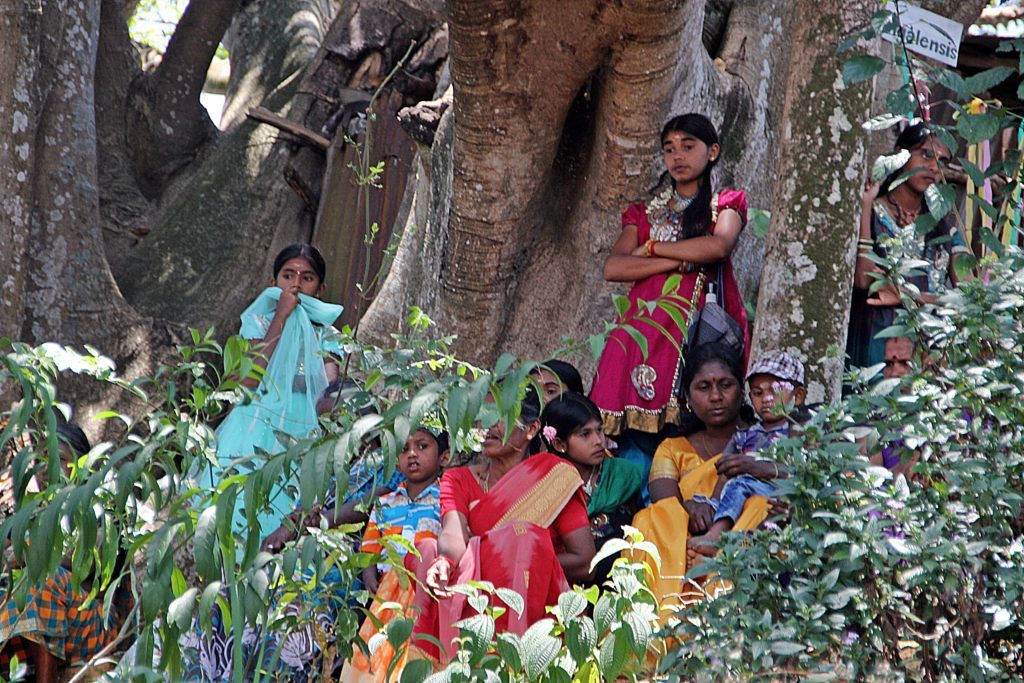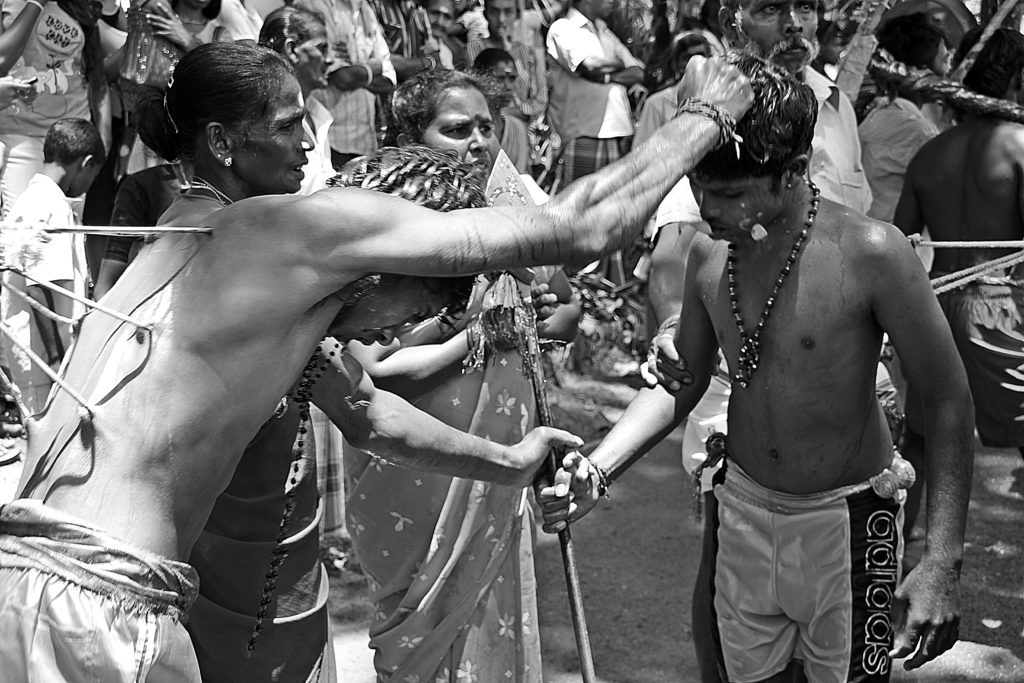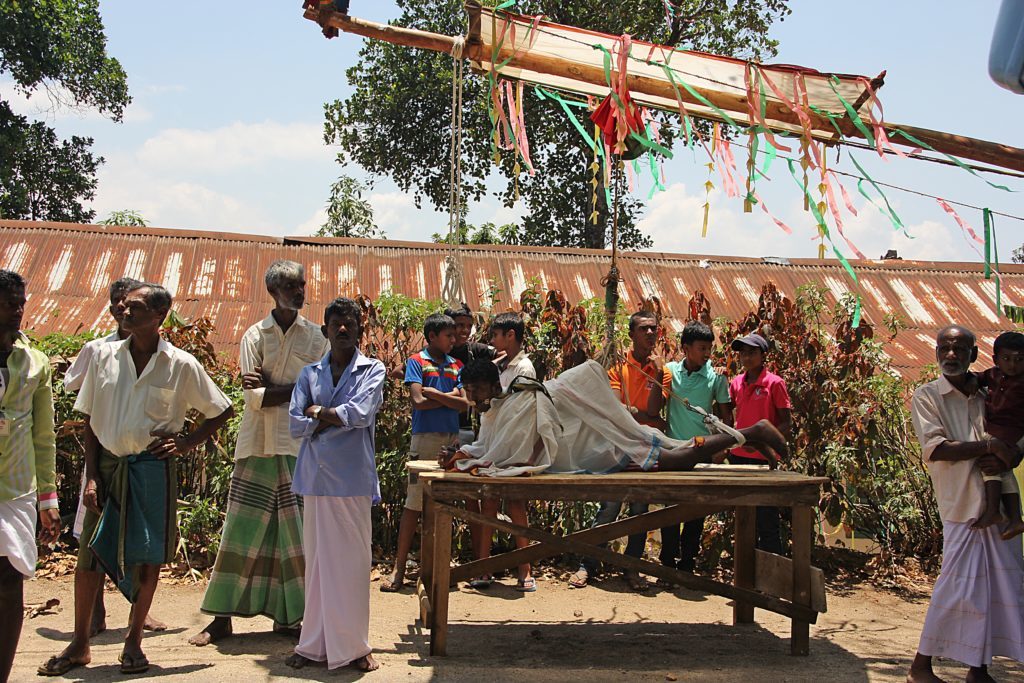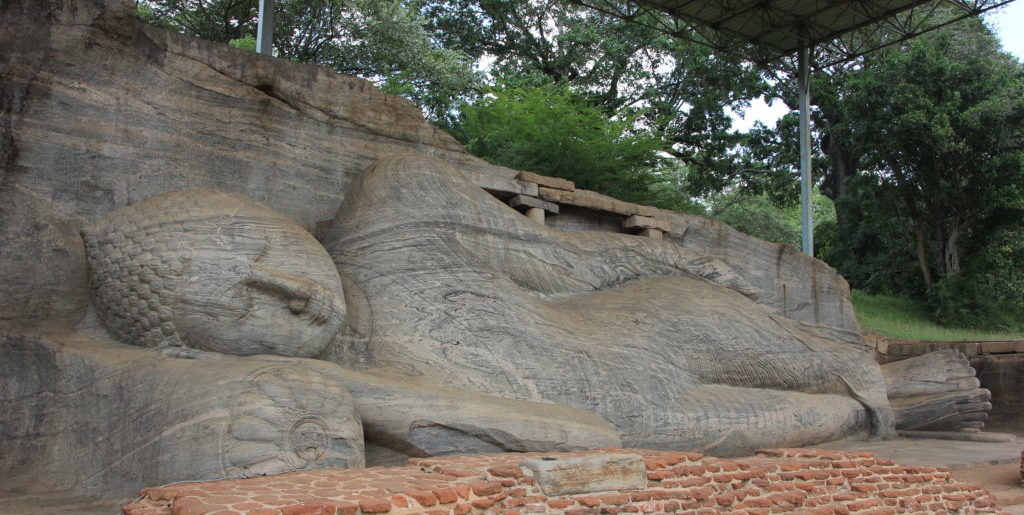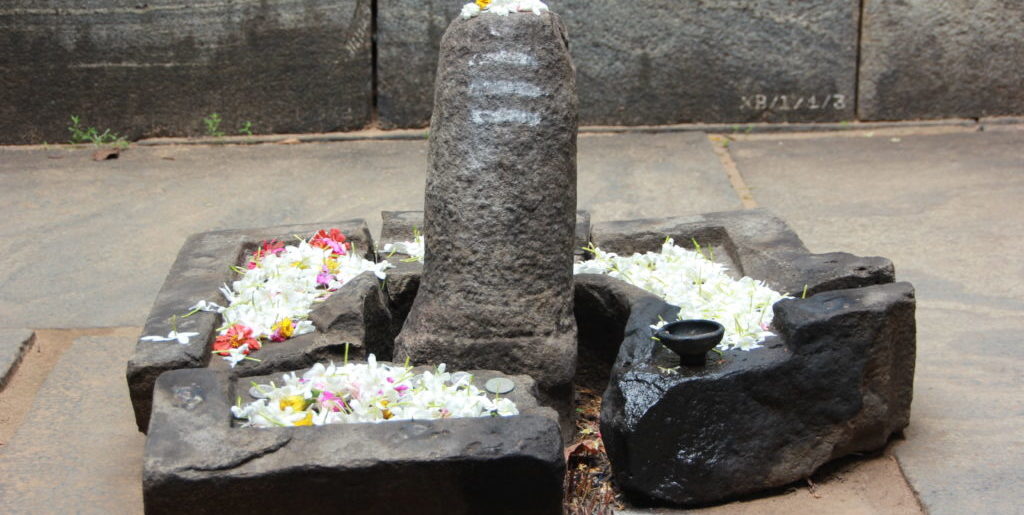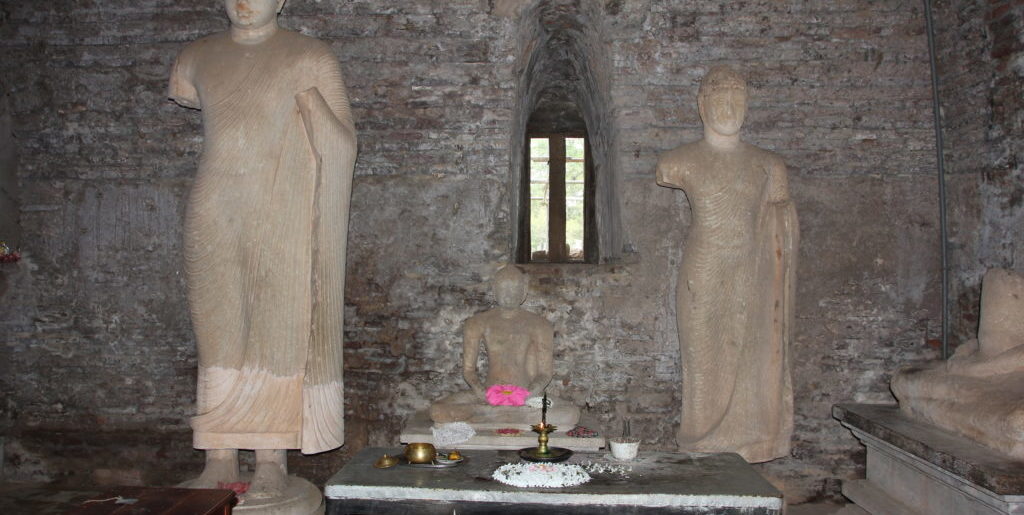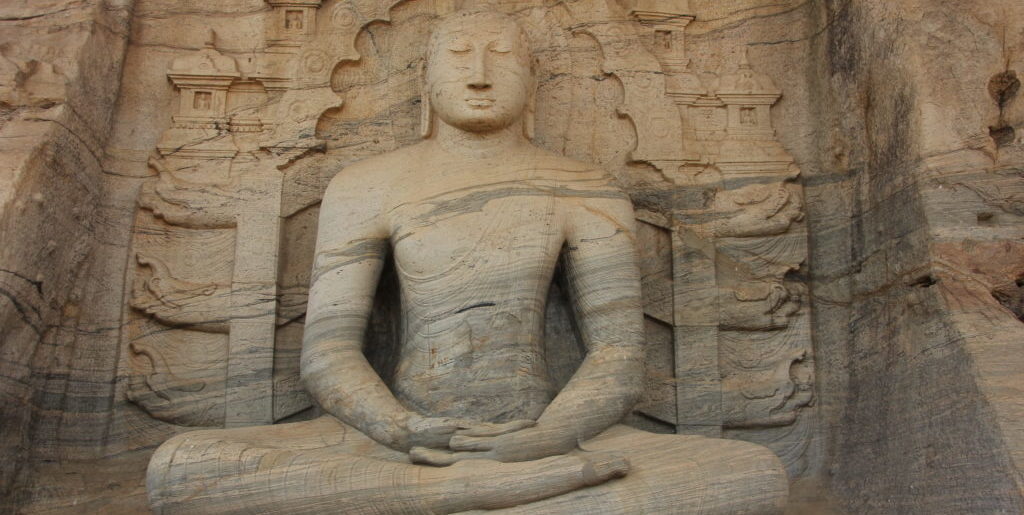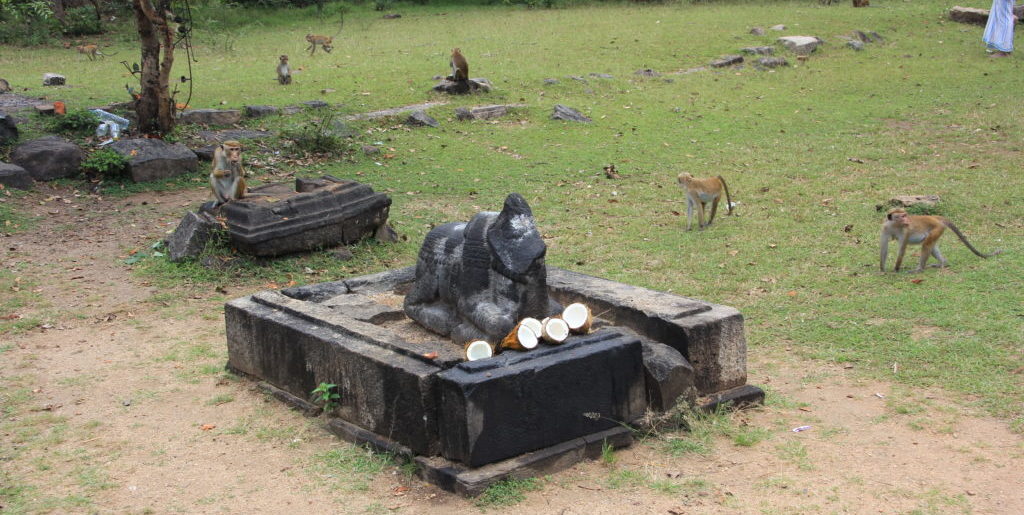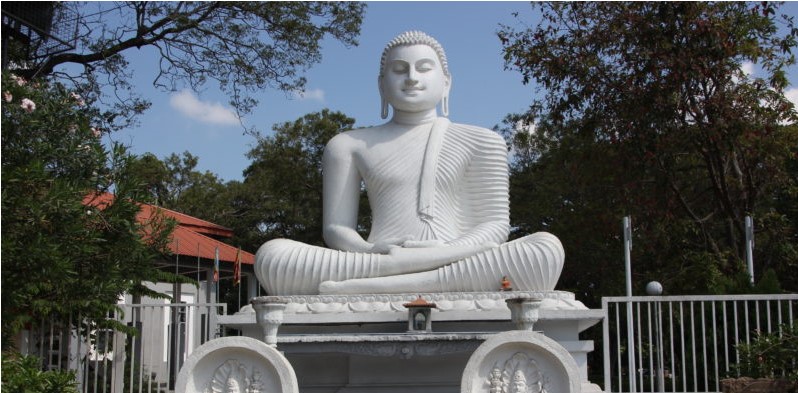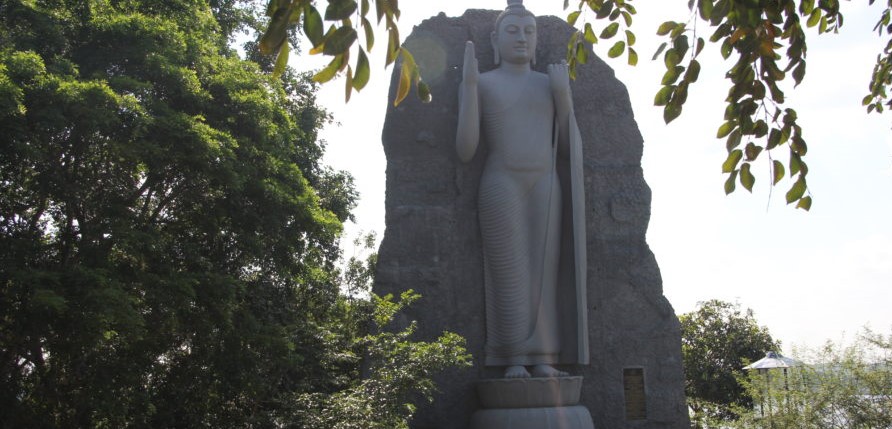Let's get to know the habits
Culture
The culture and art of Sri Lanka has its roots in both Indian and colonizing influences. However, she created her own patterns and constitutes a separate artistic environment, mainly related to Buddhism.
In rock temples, you can see antique frescoes showing the origins of Buddhism on the island, eg those in Dambulla. In numerous places, for example, Anuradhapura, from a distance, we can see bell-shaped beautiful dagoby tall for several or several dozen meters.
One can admire the free standing giant statues of Buddha, as well as bas-reliefs related to architectural objects. It is also worth paying attention to rock paintings, for example, paintings adorning the walls of temples. The most famous paintings of celestial virgins can be seen in the fortress of Sigiriya.
In the holy places of all, the rule is that we enter them barefoot, and clothing must cover our arms and knees. In connection with the above, I recommend taking thicker socks with me, they save our feet when we have to walk barefoot on hot stones.

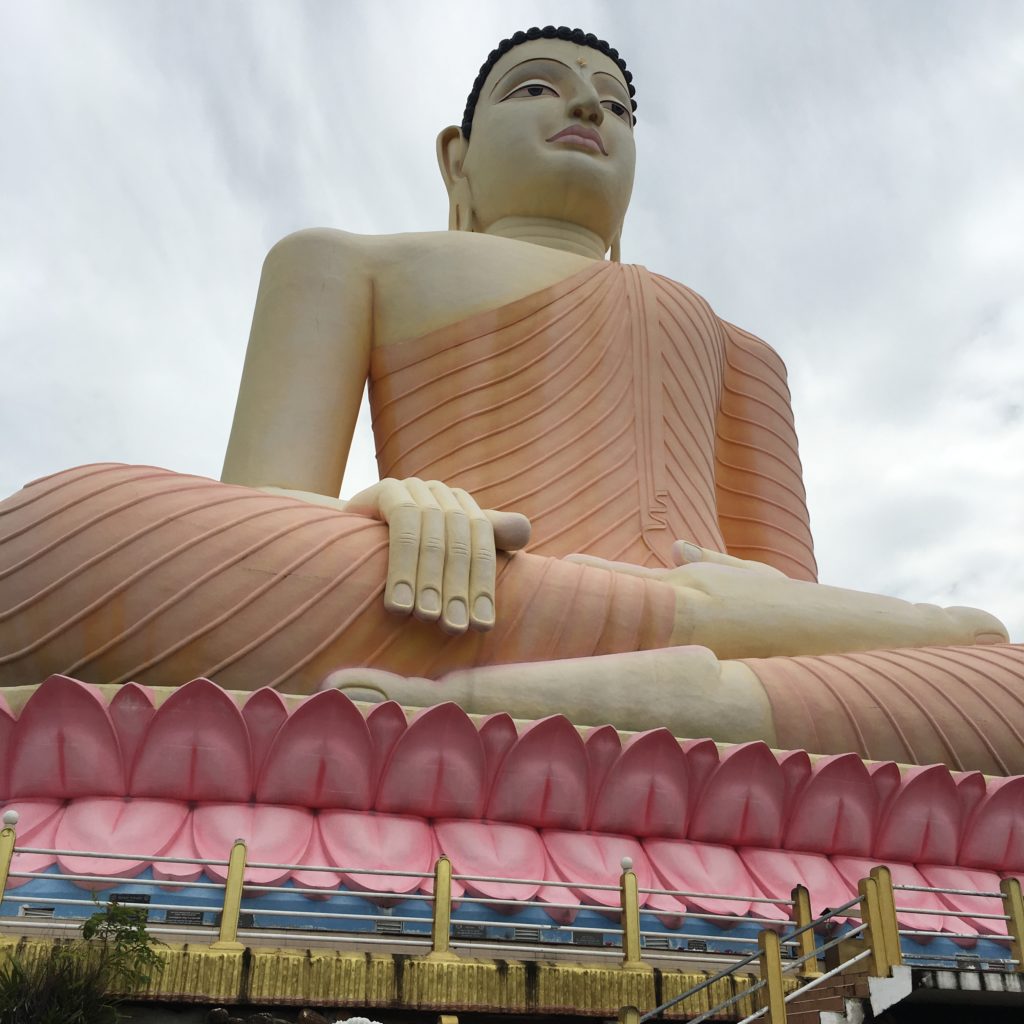
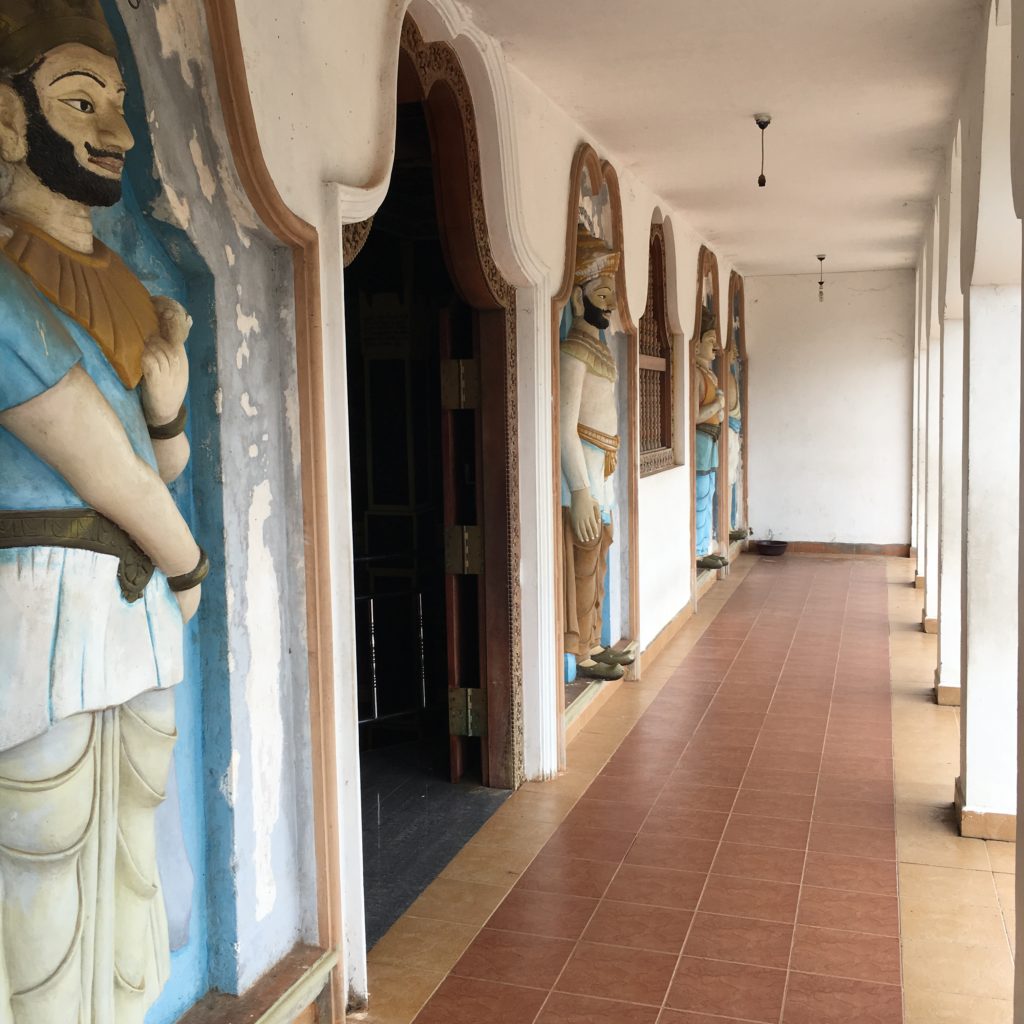
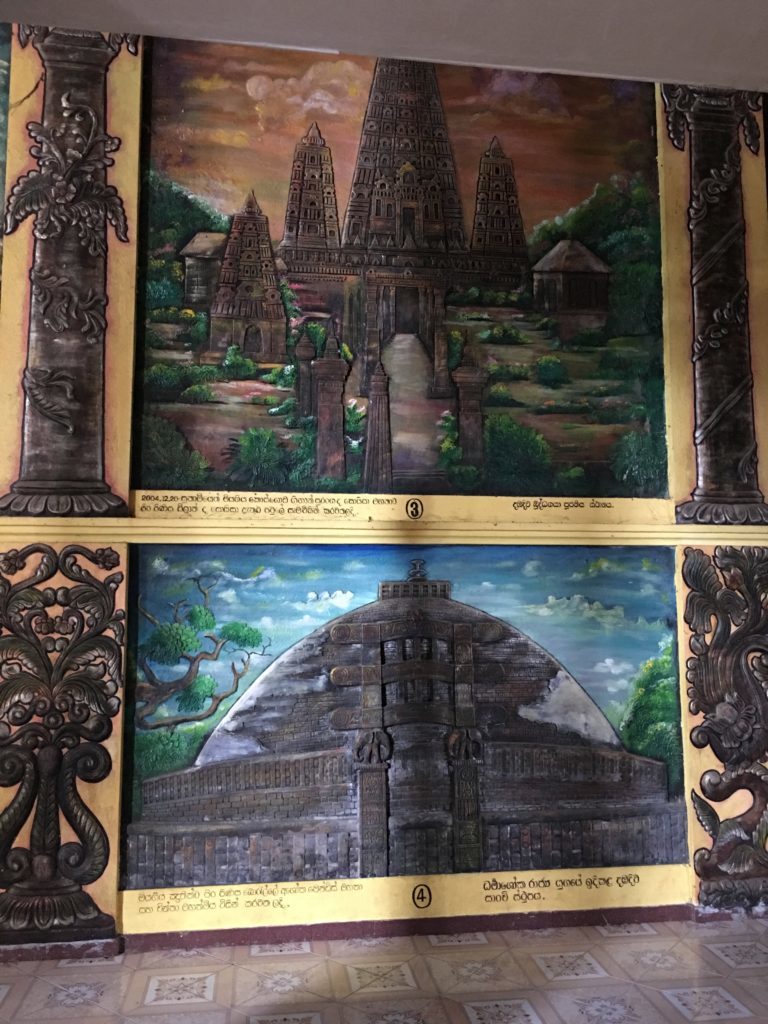
Objects in Sri Lanka from the UNESCO World Heritage List
1982 - Holy city of Anuradhapura
1982 - Historic city of Polonnaruwa
1982 - The old town of Sigiriya
1988 - Sinharaja Forest Reserve
1988 - The holy city of Kandy
1988 - Historic complex in Galla with fortifications
1991 - The golden temple of Dambulla
2010 – Central Plateau
Who do they believe in?
Religion
Sri Lanka is a Buddhist country, about 70% of its inhabitants profess this religion. Buddhism
it's a life philosophy. It is based on the Four Noble Truths proclaimed by Siddhartha Gautama and the Eightfold Path which he has presented, which is supposed to lead to the cessation of suffering.
Buddhists profess faith in the existence of supernatural beings and believe in reincarnation. This is one of the most peaceful Religi, because Buddhists adhere to the principle of non-violence and try to respect every life of people and animals. Buddha taught about “suffering and the end of suffering.” Buddhists strive to free themselves from suffering (sansara). During their life on earth their way of proceeding, or karma, determines the destiny of each person.
Among the Buddhist temples, you can visit the temple in Kandy, where there is one of the most sacred relics in Sri Lanka – Tooth of Buddha. In cities and towns, you can see dagots (stupas), or domes in Buddhism that symbolize enlightenment and act as a reliquary.
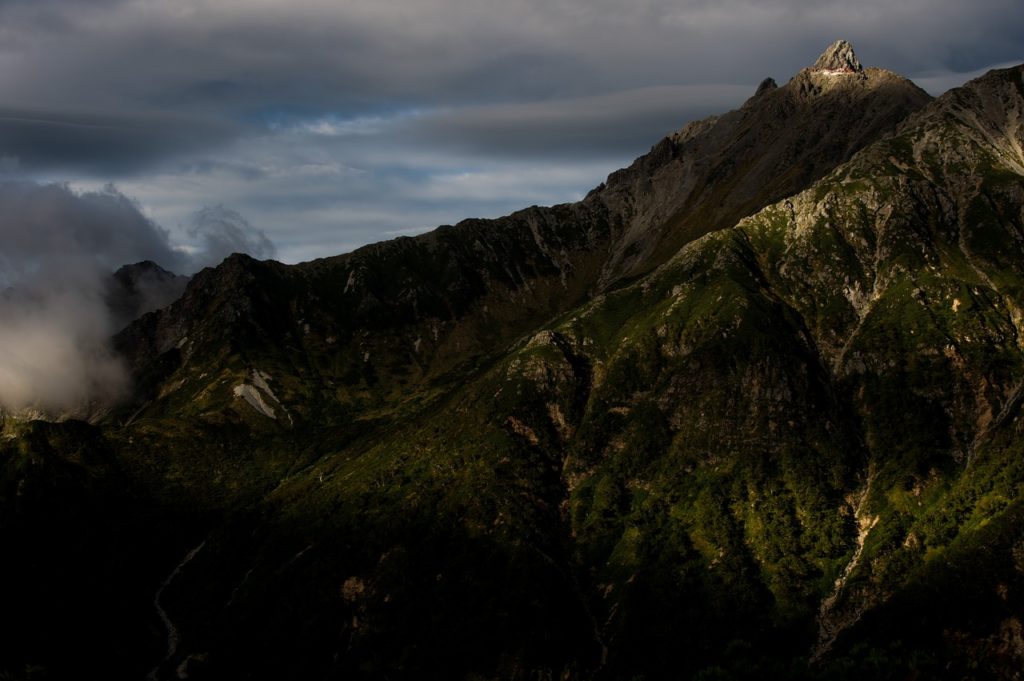
A sacred place in Sri Lanka is the Adam’s Peak, located 72 km from the capital of Colombo,
at an altitude of 2234 m above sea level It is a holy mountain for all the inhabitants of the island, regardless of their religion. Buddhists believe that there was a Buddha there, Christians,
that Saint Tomasz and the Hindus that Shiva.
In Sri Lanka, many religious holidays are celebrated throughout the year.
Of course, national and international holidays are also celebrated. Most holidays are movable holidays and their date depends on the lunar calendar.
In addition to holidays celebrated once a year, we will also encounter holidays celebrated once a month – during the full moon of Poya.
Important information for tourists that this is the day most stores are closed – especially those with alcohol.
One of the most important holidays is the ceremony in Kandy Esala Perahera – celebrated 10 days after the full moon in the month of Esali (generally between mid-July and the first week of August). He is accompanied by dance performances, plays drums and an extremely solemn procession of elephants.
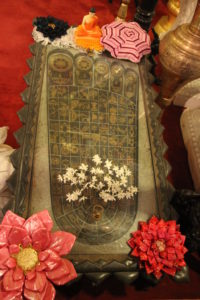
On the island, you can also meet other religions such as Hinduism – 12%, Muslimism 9% and Christianity.
Religious eclecticism dominates here. Already in the vicinity of Negombo, at the crossroads, one can notice the statue of Buddha on one side of the street and a chapel with a statue of Christ, Mother of God or saints in front of it. Lankijczycy different religious holidays, regardless of faith, celebrate together. Many followers of different religions often participate in organized processions. Only Islam resisted this kind of integration.

Personally, I felt very strongly impressed by the participation of Thaipusam, by accident. The ceremony is incomprehensible and amazing. Events that we had the opportunity to see were on the verge of reality and fiction. We could not believe that such rituals still exist. A festival during which ordinary people gain extraordinary powers … People, in whose bodies are hooked and they do not bleed, some hung on huge constructions. Everyone in a trance. Something that fascinates and terrifies equally. I recommend people with only strong nerves.
